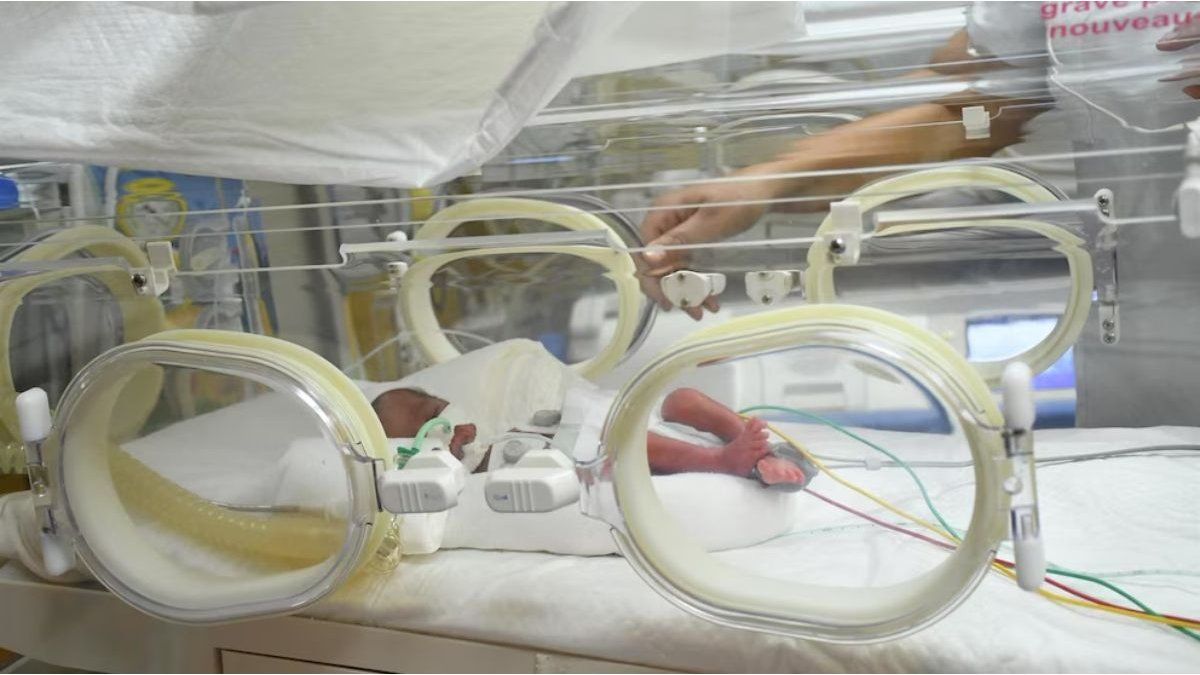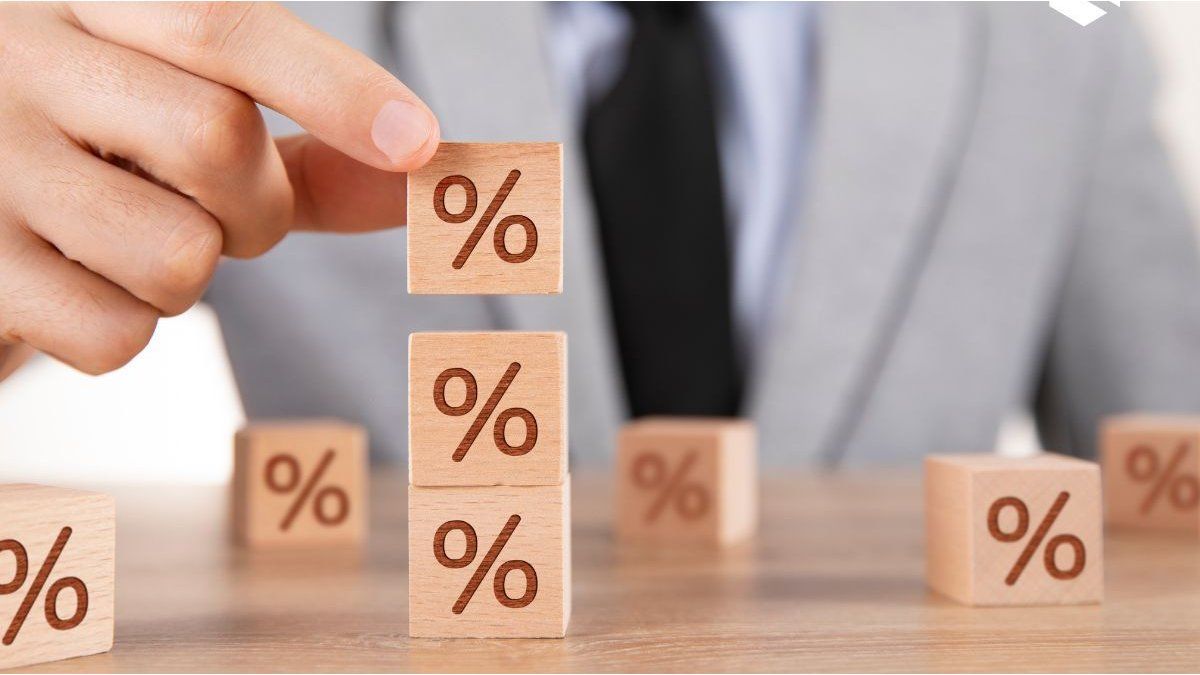Image: (colour box)
However, this is offset by a significant increase in productivity, as an analysis by Bank Austria shows. According to this, employees in Austria have become more productive by more than a third since 1995. This development can be observed throughout the euro area. Since the increase in the volume of working time since 1995 has been significantly lower than the increase in employment, the average annual working time per person has fallen by around 6 percent or 90 hours. On average, however, people in the euro area have become a quarter more productive. Price-adjusted gross value added per hour worked has risen by almost 25 percent in the euro area since 1995.
This vote is disabled
Please activate the category targeting cookies in your cookie settings to view this item. My cookie settings
“Austria has shown an above-average increase in productivity of around 35 percent since 1995, which is also higher than Germany’s main trading partner,” says Bank Austria economist Walter Puschedl. “The gross value added per hour worked was almost 70 euros in 2022, more than twice as high as in 1995 and now exceeds the comparative value for the euro area by 16 percent, after only 7 percent in 1995.”
The reduction in individual working hours in the euro area is reflected in the increase in part-time employment. The absolute number of part-time employees has almost doubled to over 31 million since 1995. In Austria, the number of part-time employees rose from almost 500,000 in 1995 to almost 1.3 million in 2022. This corresponds to an increase of almost 170 percent. Only Luxembourg, Malta, Spain and Italy showed an even higher dynamic. Part-time employment occurs when the average weekly working time is less than the statutory normal working time of 40 hours or a shorter normal weekly working time specified in a collective agreement.
According to the economists at Bank Austria, the increase in added value was slowed down by the reduction in working hours per capita. The real gross value added in the euro area could have been around 9 percentage points higher if the average working time between 1995 and 2022 had not fallen by around 90 hours per year. In Austria, the reduction in working hours reduced the potentially achievable gross value added by 12.5 percent.
“The decline in working hours per capita is likely to continue in the coming years,” predicts Bank Austria chief economist Stefan Bruckbauer. “Societal and demographic change will become a major challenge for maintaining prosperity in Europe. Greater efforts to increase employment, improve productivity through innovation and use more efficient service delivery methods could counteract this.”
more from economy




